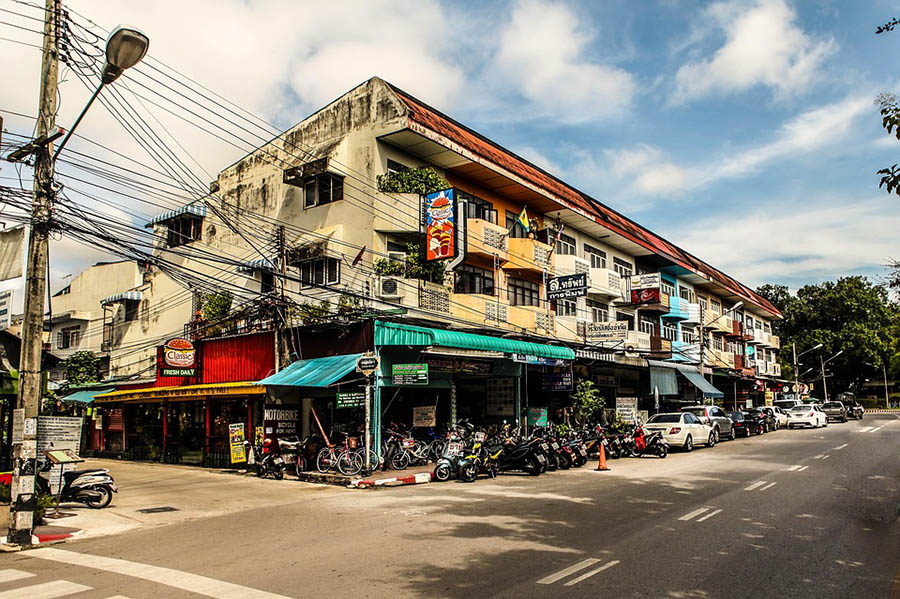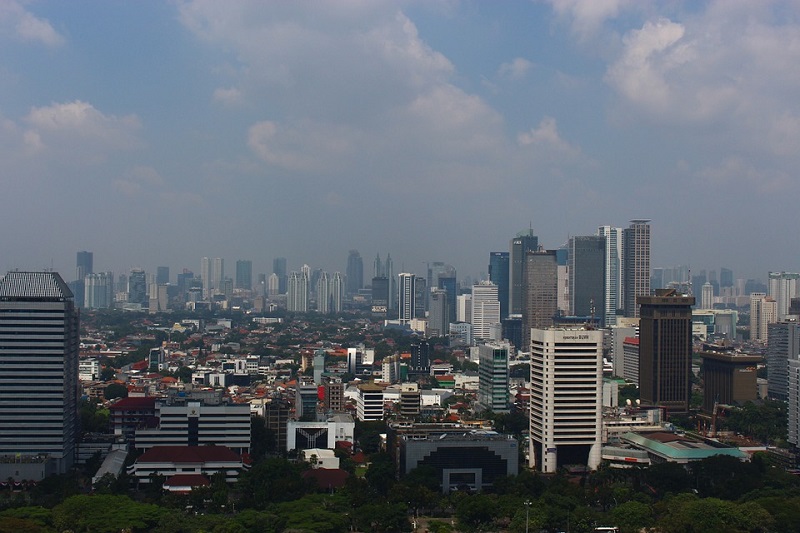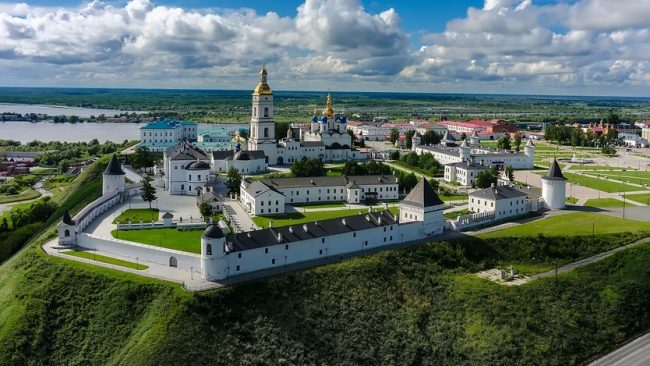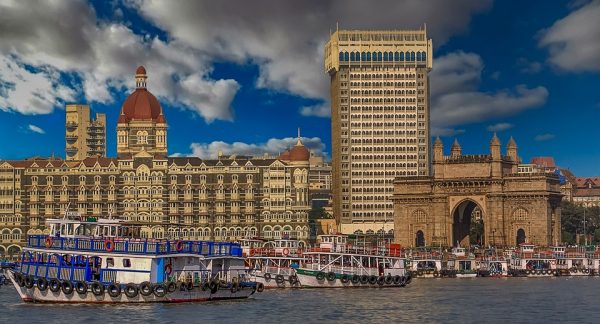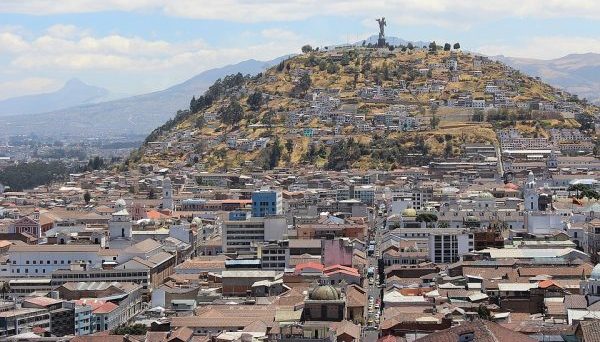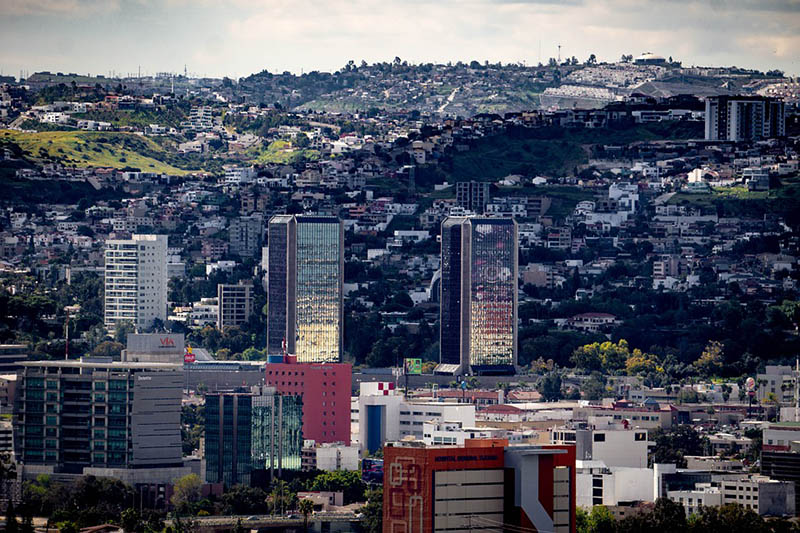Cairo is a real oasis in the vast desert. This bustling city is the heart of Egypt, and its history goes back to ancient times. Cairo is the cultural and economic center of the entire region nowadays, and millions of people adore this city for its oriental charm.
Amazing facts about Cairo
- Cairo is the third most populous city of Africa. It is second only to Lagos and Kinshasa, cities in Nigeria and the Democratic Republic of the Congo, respectively.
- It was called “Babylon of Egypt” and “Fustat” in the past.
- The Egyptians call both their country and their capital “Masr”. This isn’t the official name of the city though.
- About 10 million people live in Cairo, and the same number live in the suburbs.
- It is the largest city in the Middle East.
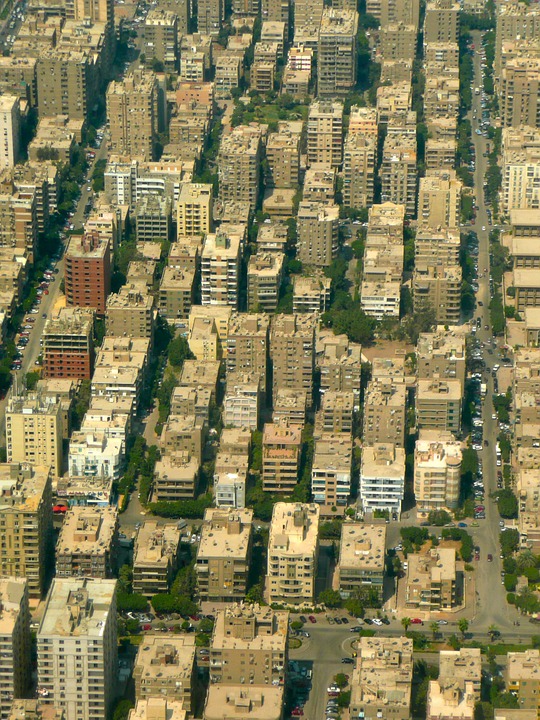
- The highest temperature ever recorded in Cairo was +117 °F (+47.8 °C), and the lowest was +36 °F (+2.4 °C).
- Cairo is located near the Sahara, a giant desert that occupies a third of all of Africa. The dust storms that arise in the desert cover the city with sand from time to time.
- Cairo is one of the ten driest capitals in the world because of the arid climate. Rains are extremely rare here, but if they start, they often bring so much water that the city begins to flood. There aren’t normal drainage systems for rainwater because of the rare precipitation – nobody cares.
- The population of the Egyptian capital has increased almost 2 times over the past 50 years.
- Cairo was founded in 969 officially, but settlements on the site where it’s situated existed thousands of years before that.
- The subway system was built here in 1987. It was the first not only in Egypt but in all of Africa.
- Trams are still in use in the Cairo suburbs. There were trolleybuses also, but they were taken out of service.
- Famous Egyptian pyramids are located in Giza, a city that de-facto is one of the Cairo suburbs.
- The world’s largest collection of ancient Egyptian artifacts (more than 120,000 items!) is located in the Cairo Egyptian Museum.
- The Cairo public market is the largest in Africa.
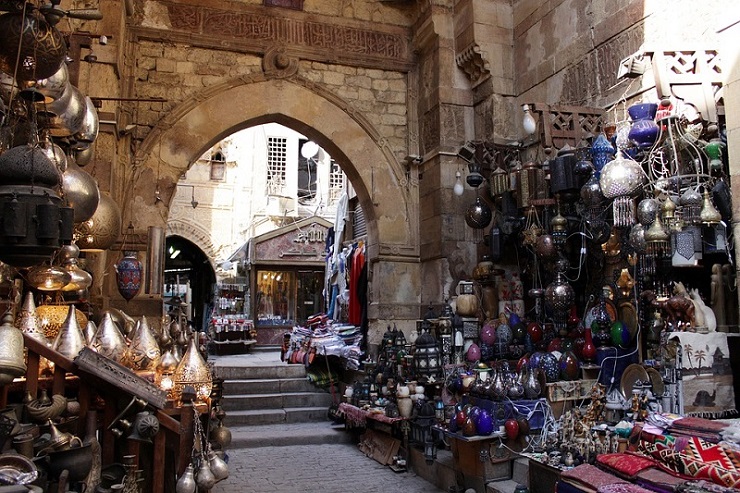
- Many private homes here look unfinished as if they have no roof. This is a consequence of the local culture — children usually don’t leave their parents’ house after growing up but build another floor above it, so as not to be separated from their family. The houses remain “unfinished” waiting for the proper time. There’s even a myth that the owners of “unfinished houses in Egypt don’t pay property taxes, and therefore they save money by deliberately not completing construction. But this is just a myth.
- The most convenient way to travel around Cairo for foreigners will be a taxi, which is easily accessible and inexpensive. But drivers still often inflate prices for tourists.
- That’s easy to get lost in Cairo if you don’t speak Arabic. Almost nobody speaks English there.
- About 30% of all industrial enterprises in Egypt are located in the capital and its suburbs.
- Cairo has 32 sister cities in different countries. One of them is New York City.
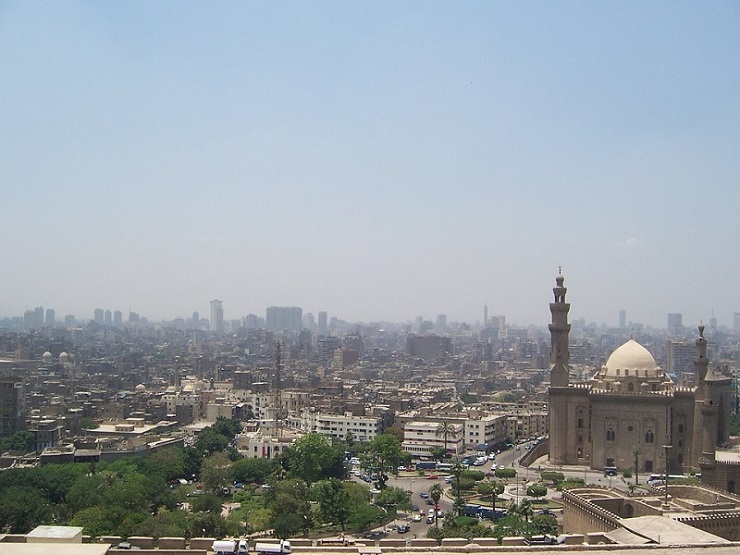
- When the Egyptian capital was engulfed in street riots in 2011, citizens formed a human barrier around the Egyptian Museum to protect the priceless collection from looting.
- It’s welcome to bargain at any market in Cairo. Locals believe that this process gives pleasure to both the seller and the buyer, so buying something without first haggling is just disrespectful.
- Old districts of Cairo are characterized by rambling buildings and narrow winding streets, and they are monstrously overpopulated. The population density in some of them exceeds 300,000 people per 1 sq mile.
- The name “Cairo” came from the Arabic language. But the city is officially called “Al-Qahirah” in Arabic, which means “The Conqueror”.
- There’s only 1 inch (24 mm) of precipitation per year on average.
- The air in Cairo is incredibly polluted because of the constant traffic jams and the huge amount of transport. The level of air pollution here is comparable to that in Mumbai.
- The western part of the Egyptian capital was built according to modern plans, and the general construction plan of Paris was taken as the basis. The eastern part (the old one) is a maze of narrow streets, tangled alleys and houses piled on top of each other.
- The district of Manshiyat Naser, also known as the Garbage City, is located on one of the outskirts of Cairo. Almost all of its population is engaged in cleaning city streets, passing this profession by inheritance.
- The area of Cairo is more than 231 sq miles (600 sq km). This is twice the land area of the Maldives.
- There are about ten traffic lights in all of Cairo. Traffic rules exist here, but in fact, nobody pays attention to them.
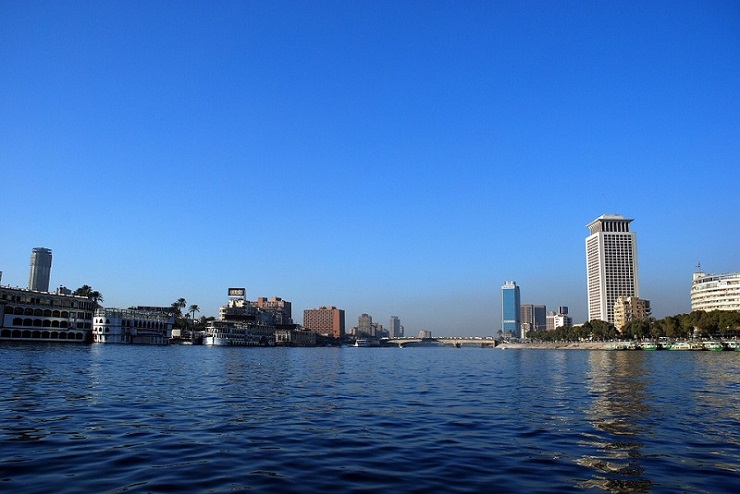
- The Cairo TV tower was built with money used by foreign agents to try to bribe the president of Egypt.
- Daily temperature differences here sometimes reach 20 degrees. It can be scorchingly hot, but after sunset, it gets cold quickly.
- Cairo airport is one of the busiest in the Middle East. It serves 12-15 million passengers annually.
- Planes coming at Cairo airport pass over the Egyptian pyramids at the final stage of landing.
- Most of the population of Cairo follows Islam, but there are Christians also. There’s a famous Christian temple cut right into the rock here, it can accommodate up to 20,000 parishioners at a time.
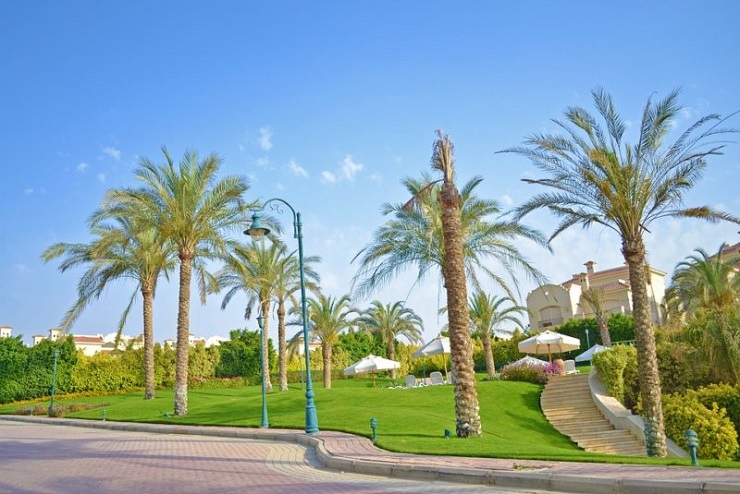
- Cairo was usually called “Egypt” in some countries before the XVII-XVIII centuries.
- The Egyptian capital is located in a fertile area on the banks of the Nile river, but it’s surrounded by desert on all sides.
- About twice as many people live in Cairo and its suburbs as in countries like Greece, Portugal, or Sweden.
- It has been under the control of Great Britain, France, and the Ottoman Empire at various times in its history.
- The oldest district of Cairo grew out of Babylon of Egypt, a settlement founded by the ancient Romans.
- Nile river annually flooded some areas of the city until a number of dams were built.
- One of the unofficial names of Cairo is the “City of a thousand minarets”. There are really lots of minarets here.
- Cairo El-Khalili market was founded in the XIV century.
- The streets of Cairo are patrolled by the Vice Squads. Those policemen are dressed in civilian clothes, and they make sure that residents comply with Sharia law.
- Residential buildings in one of Cairo’s suburbs are distanced from the famous Sphinx by six hundred feet (two hundred meters) only.
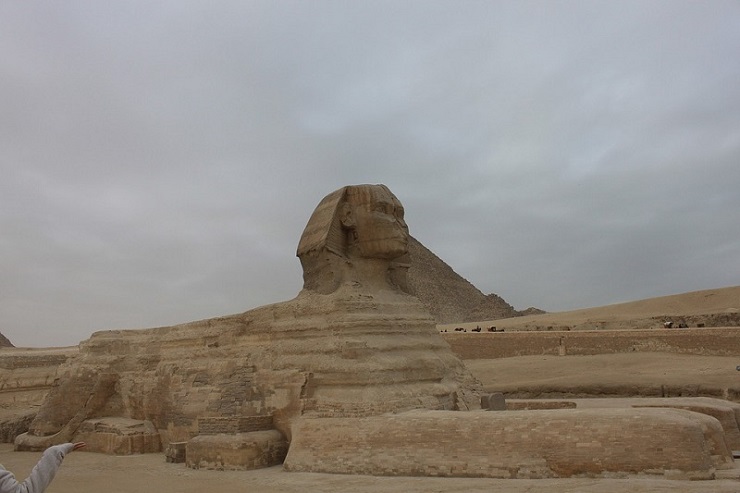
- There’s a three-day-long flower festival every January. It’s a huge exhibition of freshly cut flowers.
- Founded in 1876, the Cairo international film festival was the first regular event of its type in all Arab countries.
- There’s a famous necropolis in Giza (a suburb of Cairo), one of the oldest in the world. It consists of more than 7,000 graves, and it was included in the UNESCO world heritage list in 1979.
- You can take a regular bus from Cairo to any of the two hundred Egyptian cities.
- The Cairo Citadel of Saladin was the residence of the rulers of Egypt for 7 centuries.
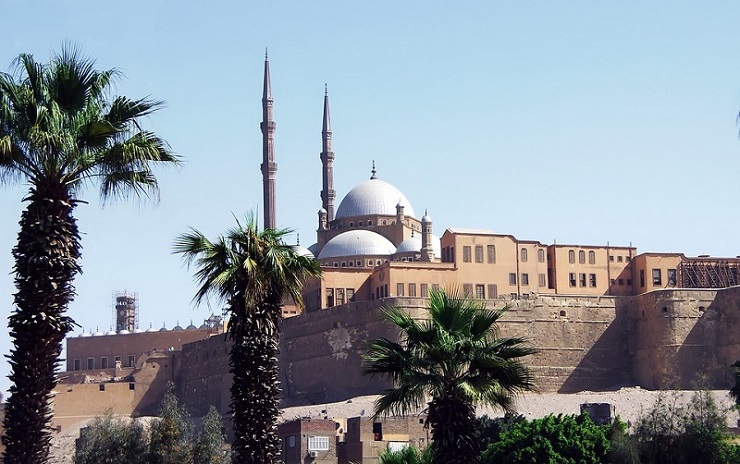
- Local drivers are constantly gesturing and giving signs to each other, instead of using turn signals.
- The streets of Cairo are quite clean, as they are cleaned on daily basis. But in the “garbage neighborhoods” where residents are engaged in cleaning and sorting garbage, the smell is terrible, and garbage heaps are piled up along the streets.
- The railway in Cairo was built in 1851, and it connected the capital with the city of Alexandria. Cairo is connected by rail with many countries in Africa nowadays, although the local railway network isn’t very extensive within the country.
- There’s a change of seasons here, with ordinary seasons like summer, fall, winter, and spring.
- Coptic Christians make up a noticeable percentage of the local population.

